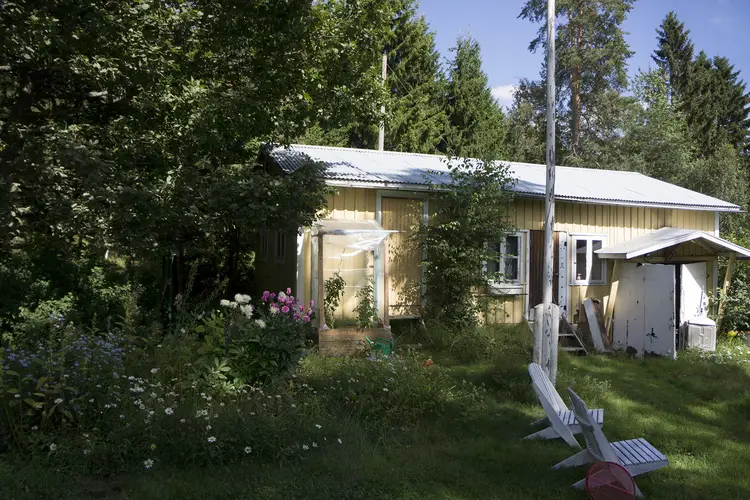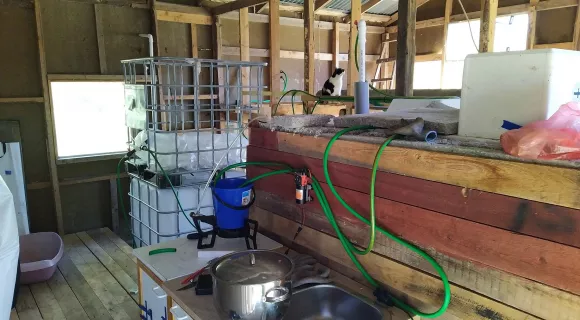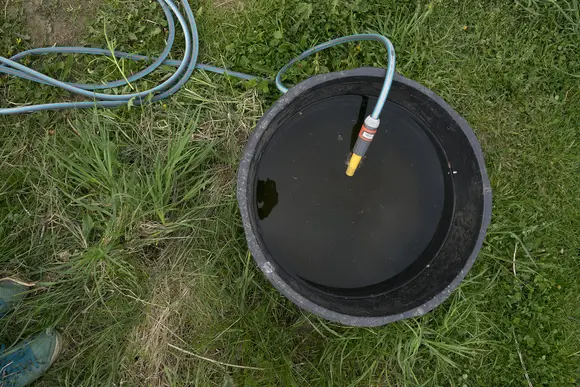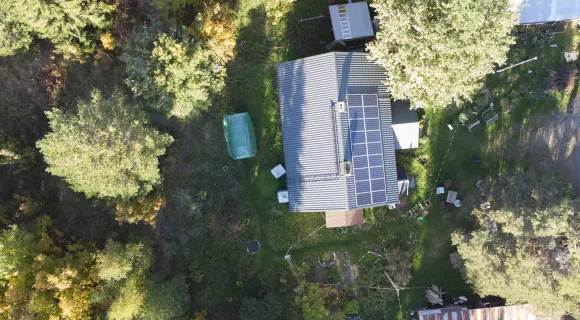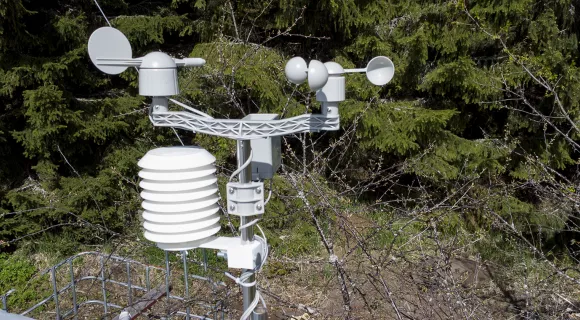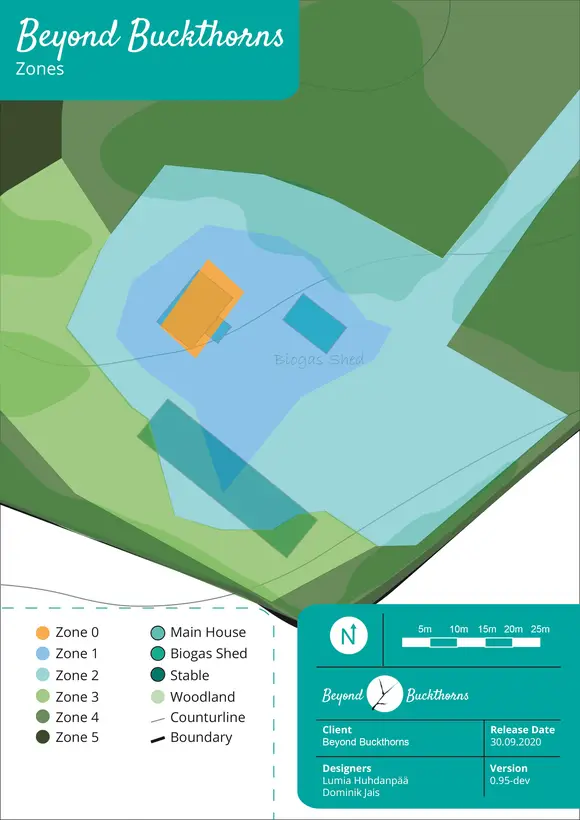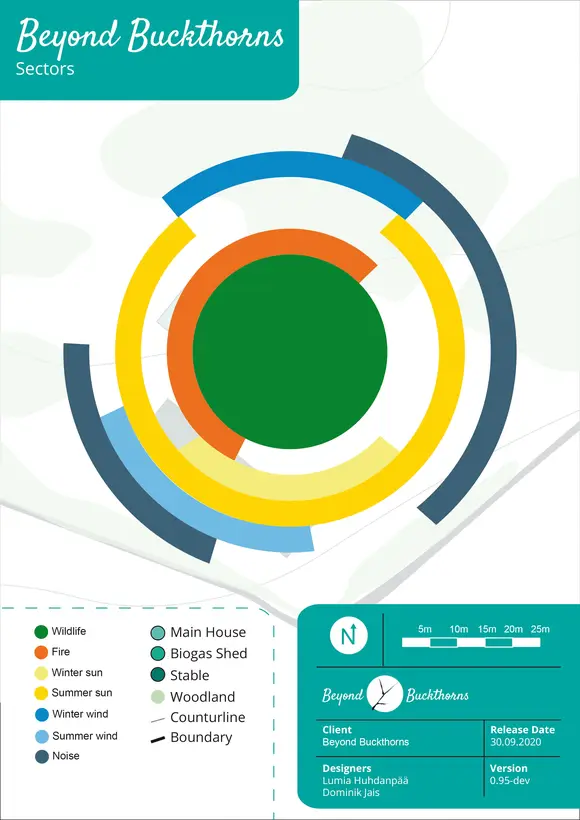About Permaculture
At Beyond Buckthorns permaculture design is essential. We use it to design our food forests, retrofit our existing buildings, design new systems and of course our well being.
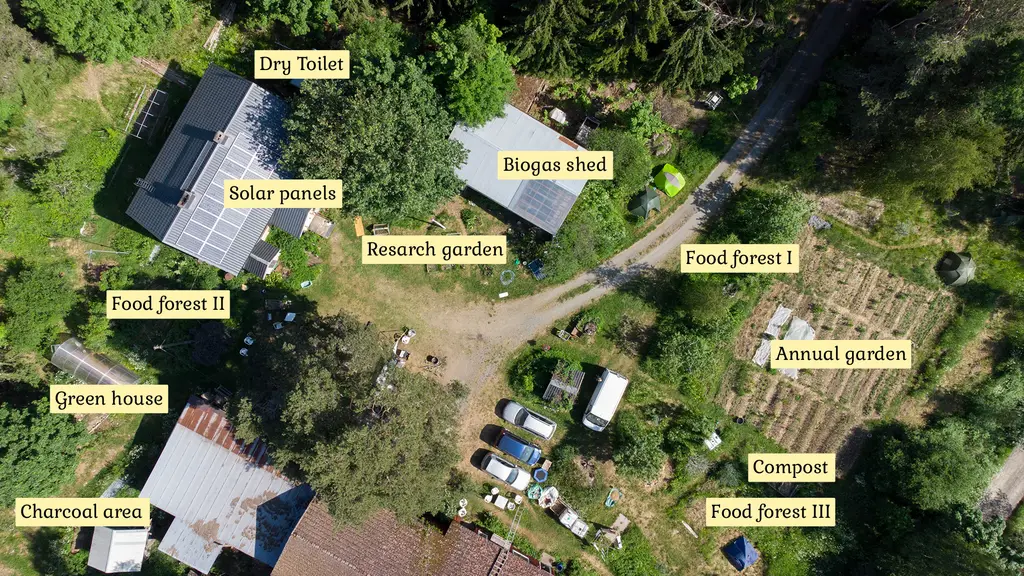
Ethics
Planet Care
take care of our planet (and all other planets we might one day inhabit!) This includes taking care of our precious topsoil, the health of the water systems, forests and other ecosystems and of course all animals.
We are not separate from nature - we are a part of it. We are indeed nature working so let's build something regenerative!
People Care
there can't be sustainable human habitats - the goal of permaculture - without taking care of ourselves, the humans close to us and the humans we'll never meet, too.
We strive to support the health and well-being of individuals and help build respectful, open-minded communities.
The limit of consumption and resources
what is nowadays often called Fair Shares. Whatever the wording, what it means is that we need to live within our planetary means across the whole planet and also across generations. We have been given our slice of cake so to say - our fair share. Our aim is to participate in baking a better cake, without robbing from our Earth and our children.
Principles
In order to make our lives as designers a little easier, we have several sets of principles. While three sets are very well known, others are more uncommon. Many designers have their own principles, while others use principles from different subjects. For example, Nick uses principles from arts and architecture.
Nicks favourite principle is
Everything works both ways
Lumia's favourite principle is
Observe and interact
Its energy surrounds us and binds us. Luminous beings are we, not this crude matter.
- Yoda
Or put it into another quote:
We are spiritual beings having a human experience
- Pierre Teilhard de Chardin
Zones
Zones are an essential concept in permaculture. The more resources a system requires, the closer it should be to the central place of human activity. Designing with zones ensures that elements are placed where they are needed, not just where they look good.
Zones are numbered from 0 to 5, where 0 is the central element, such as the house, and 5 is the furthest away, representing pure nature.
Sectors
In permaculture, we use sectors, especially sector analysis, to understand where forces are at work. This involves considering wind directions, sun angles, wildlife tracks, potential fire hazards, snow accumulation, and noise—essentially everything we don't have control over but can design for once we are aware of it
Design process | Design research
Over the years, we have tried several permaculture design processes. After six years of designing, we have reached a point where we can say that none of the existing design processes are suitable for Nick's workflow. That's why we have developed and tried several of our own processes. The one he used for designing the EuPN PermaHub has so far been the most promising for him.
Study permaculture!
Are you interested in a Diploma in Applied Permaculture Design? Then Nick could be your tutor!
Come visit!
All visits must either be part of the course or help us with some tasks.
Please contact us in advance - at least one week before.

